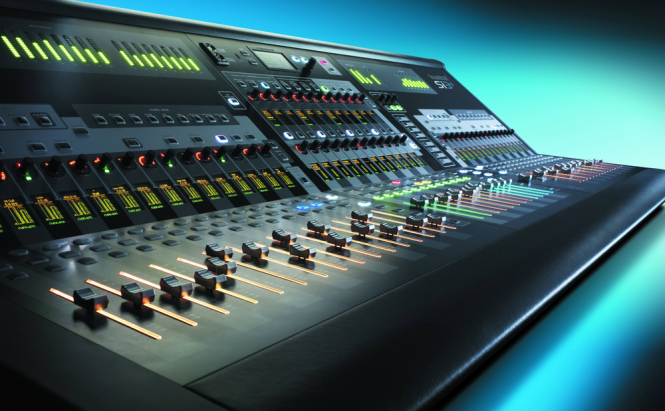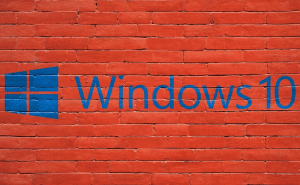 Recommendations for making high quality audio mixes
Recommendations for making high quality audio mixes
Whether you're using a free tool like Audacity or professional applications such as Logic Pro X or Pro Tools, if you've just started mixing, your creations may not sound as good as you would like them to from the get-go. Time and practice are the best teachers, but that doesn't mean that you can't accelerate the learning progress by getting a few tips from here and there. If you're interested, here are some recommendations for making high quality audio mixes.
Headphones vs Speakers
Probably the best advice that I can give you is not to mix on your headphones. There's a big difference between the way you hear music on your headphones and the way sound bounces of walls and other surfaces when it comes out of a speaker. This means that you won't be able to correctly tell what's over-complicating your mix when you're hearing it through it your headphones. As far as I'm concerned, I think it's best to create the mix on speakers and only use the headphones for surgical editing of checking out the stereo.
High-pass filters for the win
Low-frequency sounds and compression usually don't go well together as the mix bus compressor my duck wildly taking away the energy from the content that's on higher register. So, if you want to have a chain of effects on your output speaker, I recommend placing an EQ at the top of the output chain and rolling out frequencies lower than 50 MHz with a high-pass filter set to a 6dB slope. This will make your punchy beats sound a lot better and will even remove some of the sound clutter.
Don't forget about the EQ
And since we're already talking about EQ, I feel the need to remind you how important it is in creating a quality mix. When I first tried out mixing, I used the EQ to boost the power of each frequency and I'm guessing that's a mistake that many beginners make, but it's a mistake non-the-less. Once the mix is completed, the EQ will help you give clarity to your music and allow you to focus the listener's ear on the parts that matter by weeding out unnecessary frequencies. Basically, what you do is search for overlapping frequencies and stamp-out the sounds that are less important to the overall sound. You don't want your track's vocals being drowned by the other higher sound or your bassline indistinguishable from some lower pad notes, now, do you?
Sidechain compression is very useful
Generally, when you're mixing, you want the listeners to focus on specif things, but when you have multiple instruments playing in a relatively small frequency range, its pretty hard for them do so. To fix this, sidechain compress the less important part and use the important content as the trigger, to gain the extra clarity that you require.
Now that you've read our recommendations for making high quality audio mixes, you may also want to check out some of our other interesting stories such as: "Mix The Sound", "Learn how to play guitar without a tutor", "A Closer Look at Modern Music Streaming" or "Cut&merge audio files online".



